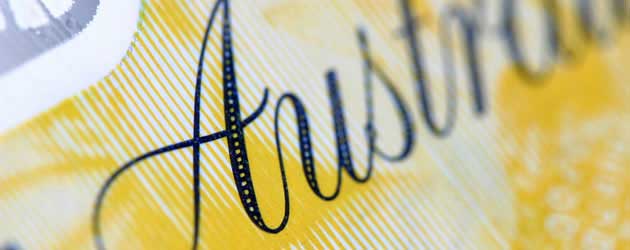
Yesterday the ‘Aussie’ approached a two-month high against the US Dollar, boosted by the falling odds of the Australian central bank slashing rates in the near future. But since then risk-aversion and dropping Chinese stocks have caused the Australian Dollar to decline against the majority of its most traded peers.
The Australian Dollar exchange rate was trading in the region of 1.0435 against the US Dollar as of 10:00 am GMT
As China is Australia’s largest trading partner, the news that Chinese stocks had fallen by the most significant amount for three weeks wore on the ‘Aussie’.
Meanwhile, political deadlock in Italy and continuing turmoil in Cyprus pushed investors away from the Australian Dollar and into the arms of safer assets, causing the South Pacific currency to shed 0.5 per cent against the Yen and slide to 1.0427 against the US Dollar.
A report issued by the Australian statistics bureau, showing a 0.2 per cent increase in private sector credit from January to February, had little impact on the ‘Aussie’. Economists were expecting an increase of 0.3 per cent. The statistics bureau also revealed that total lending was up 3.4 per cent from a year ago.
Today developments in the Eurozone, specifically those relating to the reopening of banks in Cyprus and the assembly of an Italian government, are likely to continue driving the market.
As one senior foreign-exchange strategist notes: ‘The Eurozone is like a factory of bad news and worry, so there’s always going to be a new product to buy. When equity markets soften as they did overnight, and in markets today we’ve got China taking a hit, we’re going to see Aussie and Kiwi suffer a bit more.’
Similarly, Alex Sinton of Auckland at Australia and New Zealand Banking Group commented: ‘Cyprus and Italy are still in the background, so the topside is limited. Aussie is probably not going to go through $1.0480.’
Sinton added that the Australian Dollar will probably find buyers towards $1.0410.

Comments are closed.